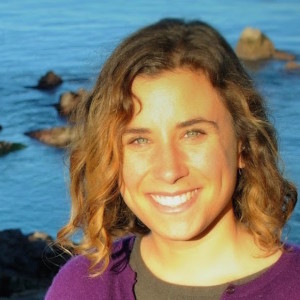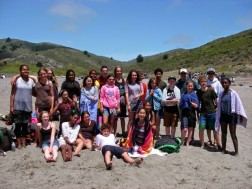Tag Archives: citizen science
Oil? Spills? and Crabs? Oh my!
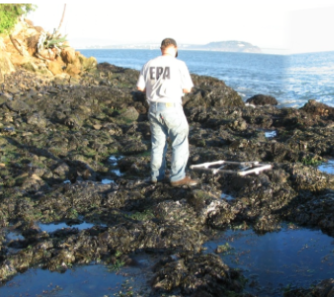
How did the 2007 oil spill in the San Francisco bay affect the population of sand crabs in the area? This question is important because sand crabs are significant to beach ecosystems; they are food for many animals, and they are also an indicator species. This means that scientists and researchers can look at sand crabs to determine the health and sustainability of beaches and other marine ecosystems. More
Crabtivating Sand Crab Distribution at Playa Del Rey Beach
Cleo, Jerome, Kate, and Gloria
Bishop O’Dowd High School
No need to feel clawstrophobic (or get crabby), there is plenty of room for all the sand crabs on Playa del Rey Beach! So, how has sand crab population changed over time on this Southern Californian beach? This question allows us to further understand the Southern California sand crab population.
More
What about the Children?

Bishop O’Dowd High School
After going on a trip to Ocean Beach in San Francisco and gathering data about the local sand crabs, we wondered how many of them were “recruits,” little crabs which are new to life on the beach. How does this number change over time? Once a recruit settles on a beach, it will spend the rest of its life there. So, a healthy recruit population means that there will be a healthy adult population in the future (unless there is an environmental hazard). As long as there are no environmental hazards or strange weather conditions, the portion of recruits can be used to predict future sand crab growth and decline.
More
Battle for the Beach-Crustacean Nation
by Miles, Sophia, and Charlie
Bishop O’Dowd High School
A sharp, cold wind rips across the beach, chilling the shivering O’Dowd students to the core. But there is no room for weakness. The research must be conducted at any cost. As the oceans continue to be examined, the relationship between sand crabs and sanderlings remains unclear. The two species are locked in the age-old, evolutionary battle of predator and prey, but the other aspects of their interactions are unknown. Exploring the correlation between the abundance of sand crabs and the abundance of shorebirds on Ocean Beach is a key component of understanding the beach as a whole. This research is vastly important, as sand crabs act as prey for many species on the sandy beaches, and serve as an indicator species, or a species that serves as a gauge for a habitat’s health.
More
Little Crabs in a Big Storm
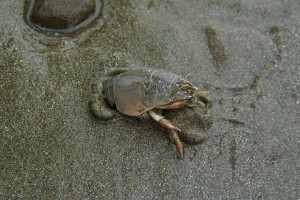
Bishop O’Dowd High School
Emerita analoga, or the common Pacific sand crab, is an small animal with a colossal impact on beach ecosystems. We will examine the population trend in sand crabs over time at ocean beach, and examine
possible environmental factors that could have caused this, specifically El Nino. The sand crab is an indicator species, so examining the health of their population will allow us to examine the health of the sandy beach ecosystem as a whole.
Sand Crabs? That’s so Raven.

Julian, Lucas, and Lily
Bishop O’Dowd High School
Sand crabs are herbivores and an important food source for other beach organisms, specifically shorebirds. We assumed that if the sand crab population is thriving on a beach, then the shorebird population should be doing well too. We looked at data of sand crabs and shorebirds along the north-central California coast over the course of a year. Our original hypothesis was that if the population of sand crabs was high, then naturally the population of shorebirds would also be high. But, contrary to our hypothesis, a flourishing sand crab population means there are less shorebirds… More
The LiMPETS Experience
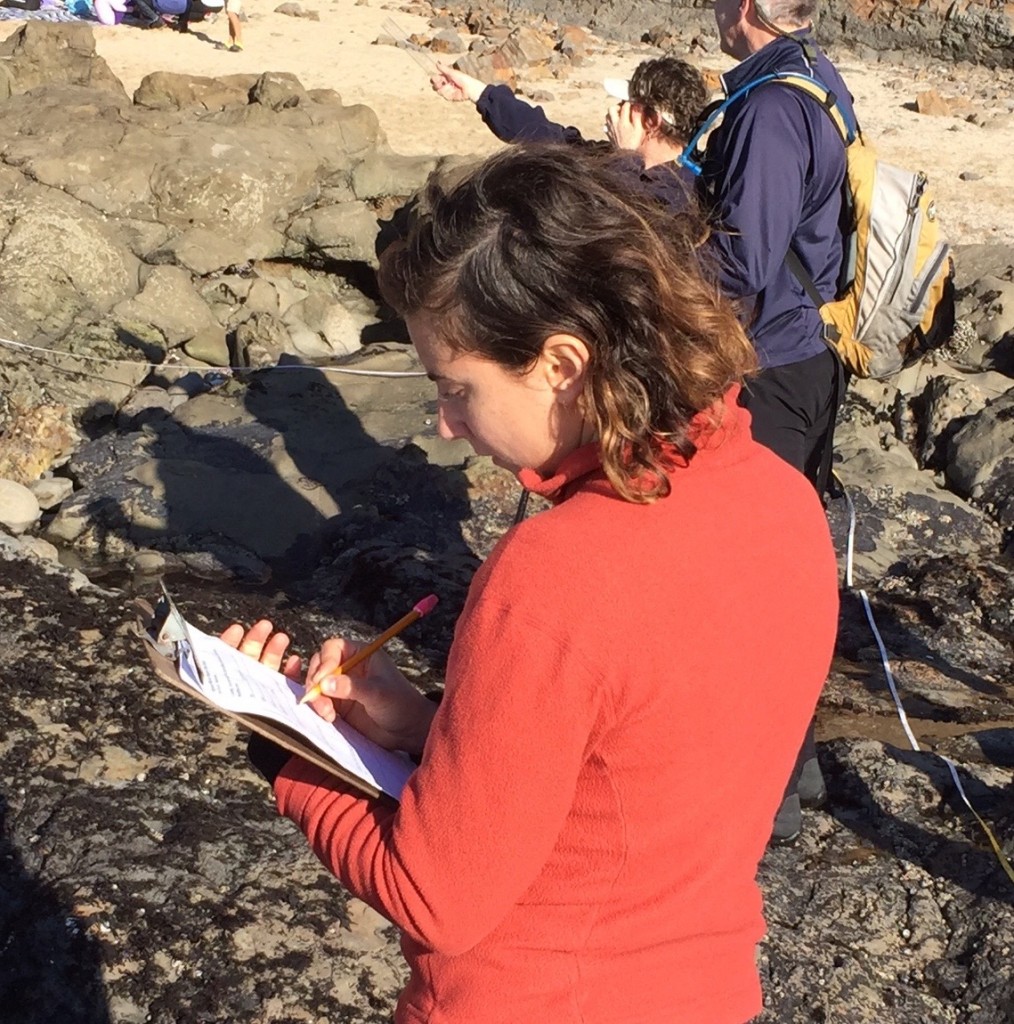
by Emily Gottlieb, LiMPETS Coordinator for Central California
How does a sea anemone eat? What time of year are the most pacific mole crabs found on the beach? How do you tell the difference between flattened and slender rockweed? These are not questions from last night’s Jeopardy episode or this year’s AP biology test. These are questions that real students ask while they collect real data in the field as part of LiMPETS (Long-term Monitoring Program and Experiential Training for Students). For over ten years, LiMPETS has encouraged scientific inquiry through hands-on science experience, a theme that now beats throughout the NGSS (Next Generation Science Standards).
The Pacific Grove Museum of Natural History has coordinated LiMPETS for the California Central Coast (Davenport to San Simeon) since 2011 as part of the larger LiMPETS network. The network engages approximately 5,500 students and teachers annually monitoring sites from the Sonoma Coast to Los Angeles.
Finding Meaningful and Lasting Connections with Our Local Marine Ecosystem

Author: Melea of the Branson School
The wind tickled our noses as we scaled down the steep trail to Duxbury Reef in Bolinas, CA for a monitoring of the rocky intertidal. Thrice a year, our Sustainable Seas club, which participates in the LiMPETS program, monitors Duxbury Reef, which we have adopted as
Students Share What They Learn Through School Blog
Author: Jeff Sandler, teacher, The Berkeley School
In May 2014, the 7th grade life science class from The Berkeley School spent an entire week out in the field focusing
on some of our local communities. In addition to participating in both LiMPETS monitoring projects (sand crabs at Muir Beach and the rocky intertidal zone at Duxbury Reef in Bolinas), students and teachers spent a night camping and learning about the redwoods at Samuel P. Taylor park.

